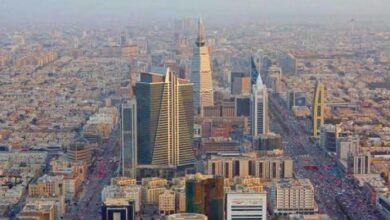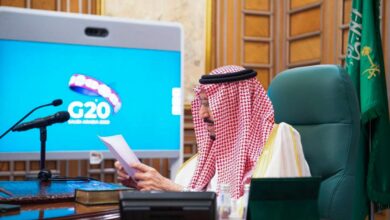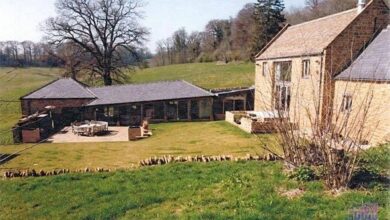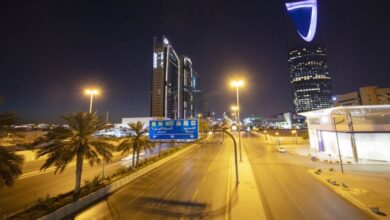Saudi Arabia Looks Great in PR Videos. Reality Is More Complicated
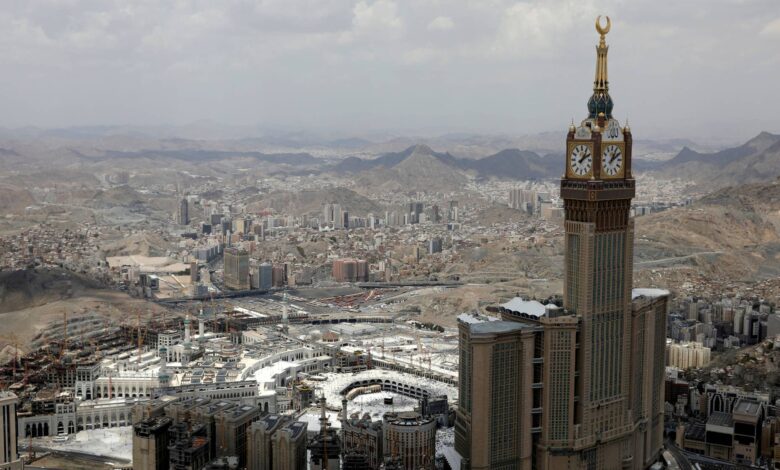
(Haaretz) The Muslim holy month of Ramadan, which began on April 13, and the Eid al-Fitr holiday that wraps up the month are a time that merchants, importers and the public prepare for during the entire year. In normal times, it’s a month in which food consumption jumps, bank loans hit their upper limits, leisure sites and hotels are at maximum occupancy – and the mosques are packed with hundreds of thousands of the faithful.
This year Saudi Arabia, where Islam’s holiest sites are located has been preparing with major trepidation for Ramadan and Eid and the major pilgrimage to Mecca, the hajj, that follows. Looming over the situation is the prospect of a fourth coronavirus wave.
To combat it, the Saudi government has decided to impose strict limits on movement, thinning out attendance at mosque prayer services, banning admission to holy sites without a special permit and imposing fines of over $2,500 for violations of the rules.
Security forces and thousands of volunteers have already set up roadblocks on highways leading to the holy cities, and inspectors will be waiting for visitors at the pilgrimage sites to check their entry permits, which are only granted to those who are fully vaccinated. In recent years, Saudi Arabia has invested enormous sums in improving the roads, expanding the sites and monitoring the millions of visitors to the kingdom – including the installation of thousands of security cameras, sprinklers to ease the heat and mobile medical clinics to serve the pilgrims.
The holy places are not only an important income source for the kingdom. They are also an essential component in the economic diversification that Crown Prince Mohammed bin Salman is seeking to create as part of his Saudi Vision 2030 plan to reduce the country’s dependence on oil revenues.
The Vision project includes the construction of the “city of the future, Neom, which is due to be extend across three countries: Saudi Arabia, Egypt and Jordan. It also provides for the doubling of the population of Riyadh, the Saudi capital, and the city’s transformation into an international commercial center that would compete with Dubai and maybe even surpass it as the most important commercial center in the Middle East. The plan also includes the “Saudization” of the kingdom’s workforce.
It is estimated that the Saudis plan on investing $7.2 trillion in these grandiose projects by 2030, but it’s nearly impossible to determine how realistic that figure is – or whether the plan is achievable. This year the kingdom cut the government budget by about 7 percent to curb its budget deficit, which is 12 percent of GDP.
Saudi Arabia owes billions of dollars to foreign companies that built Riyadh’s metro system, part of the infrastructure essential to make the city an international center of commerce. Financing its ongoing expenses and allocating considerable sums to development will require the government to continue to rely on oil as its main source of income in the next few years, but the current price of oil $64 a barrel, is $12 less than Saudi Arabia needs to balance its budget.
The OPEC Plus group – which includes the countries that are members of the Organization of Petroleum Exporting Countries as well as oil-producing countries that are not OPEC members – is currently headed by the Saudi oil minister. It’s still vacillating between the desire of a few of its members to expand production quotas and the option of sticking with current quotas to boost the oil price. Saudi Arabia has recently signaled that it would agree to increase the quotas in a slow and cautious manner, meaning that by July, the quotas would rise by a cumulative 2.1 million barrels per day for the members of the group.
The reopening of a number of leading economies of the world following the recession caused by the coronavirus could increase demand for oil, and the oil price. But if the world powers reach a renewed nuclear agreement with Iran and the oil sanctions imposed on Tehran are lifted, the oil market would get an initial injection of another 2 million barrels a day. Oil prices would then be expected to fall, pushing Saudi Arabia further away from achieving its goals.

